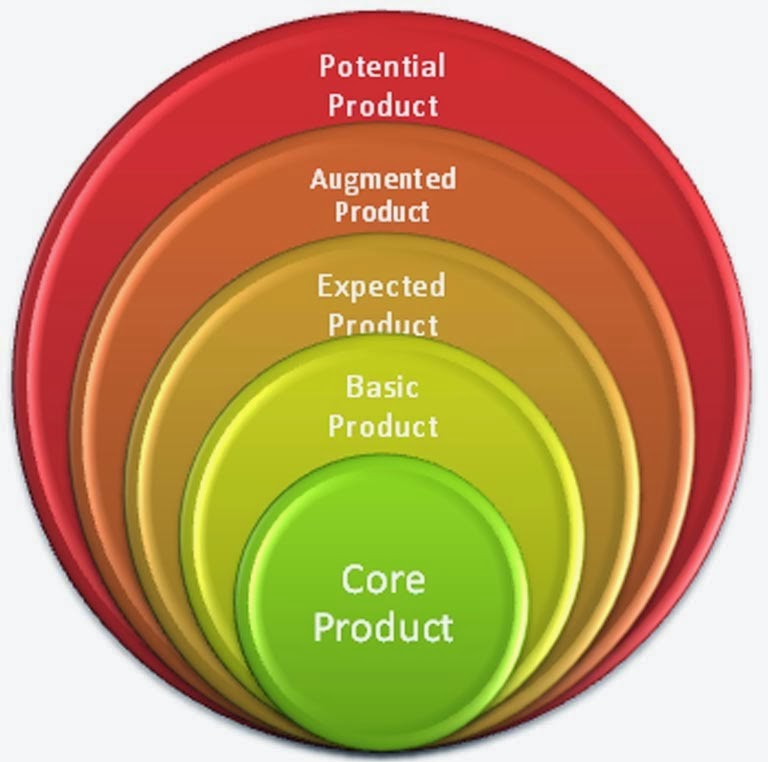For
any product, it is essential to know what factors influence the consumer
behavior. It is defined as the study of how individuals, groups and
organizations select, buy, use and dispose of goods, services, ideas or
experiences to satisfy their needs and wants. In layman’s terms, it refers to
the selection, purchase and consumption of goods and services for the
satisfaction of their wants.
The
Maslow’s hierarchy of needs pyramid defines diagrammatically as to WHY a
consumer buys a product. It is as follows:
Digging
into the concept of consumers buying decision process, we can find
a 5 step model which is as follows;
1.
Problem Recognition:
The buying process commences with the consumer realizing that he requires
something. This realization later translates into a purchase. Magnum is not a
solution to a problem but an exceptional alternative for the consumers who wish
to experience a sophisticated and luxurious experience. Magnum is recognized as a symbol of royal treatment. It provides a sense
of satisfaction and pleasure from its first distinctive crack to the
last bite.
2.
Information Search:
After realizing the problem, the consumers next step is to find potential
solutions i.e. product/s which might satisfy his current need. (Ask around as
to which ice cream might give him maximum satisfaction) This is called
the information search phase. This information can be obtained from following
sources-
a. Personal:
Family, friends, neighbors etc.
b. Commercial: Advertisements, Flyers, Salespersons, Websites etc.
c. Public: Mass media, ratings etc.
d. Experiential: Contact with the product, use, feeling the product etc.
Since
Magnum is Pro active with its promotions and advertisements, information can be
found on all sources- personal,commercial, public and experiential.
3. Evaluation Of Alternatives:
During this stage of consumer decision making process perspective
customers are engaged in evaluation
of alternatives. In other words, during this stage “consumers
consider the relative importance of each attribute of the product-service mix”.
Influencing customer behaviour at this stage of decision making process is
critical for retailers
in terms of improving their levels of customer attraction and retention. The
consumer usually has in mind what exactly is he expecting from his potential
buy. So it is on the basis of a few parameters that he evaluates and eliminates
choices, coming down to a select few in order to make his final decision.
For example, a consumer will finally
know what alternatives he has apart from MAGNUM; however he will look into
factors like Price, Exceptional
ice cream quality, Range of flavours, Attractive packing which highlights the
premium nature, Unique shape and dark chocolate coating and finalize the brand.
4.
Purchase Decision:
This
is the stage where the consumer actually makes the decision! This decision
comes after consideration of factors such as brand, dealer, quantity, timing
and mode of payment. This is a stage when the marketer has to be extremely wary
of the product positioning from the point of view of perceived risks. These may
be:
a. Functional risk: Product
performance
b. Physical risk: Product may cause physical harm or discomfort to user
c. Financial risk: Worth of the product
d. Social risk: Using the product brings embarrassment to user
e. Psychological risk: Product affects mental well being of the user
f. Time risk: Product is not worth the time invested in it and in cases, time
that would be invested later looking for a better replacement.
Factors playing significant role on the
choice of purchase at this stage differ if it’s a first time decision or
repeat. For the first time, factors like
packaging, flavours, quality and price play and important role. Usually the
consumer will have a desire to experience the superiority of magnum over the
other chocolate bars. After trying it, the consumer may think on the
past experience, value the ice cream is providing as compared to the other
similar ice cream products and then decide to buy or not to buy.
5.
Post-Purchase Behavior:
The
behavior of a consumer post making a purchase may be termed as post-purchase
behavior.This is based on how was his experience with the product. If the
customer derive the satisfaction he wanted or not. If the consumer is very
happy with his experience, he might end up as a repeat buyer for the product
and also lead to recommendations to potential buyers. Alternatively, if the
experience of a buyer is not very good, he will negatively publicize the
product, which might affect the sales of the product.
In
the end, we can conclude that the consumer’s behavior and buying patterns are
an essential part of marketing strategies employed by the producers. It is of
paramount importance for any marketer to analyze his potential buyer’s frame of
mind as it will help him sell his product better.









.jpg)







.jpg)

